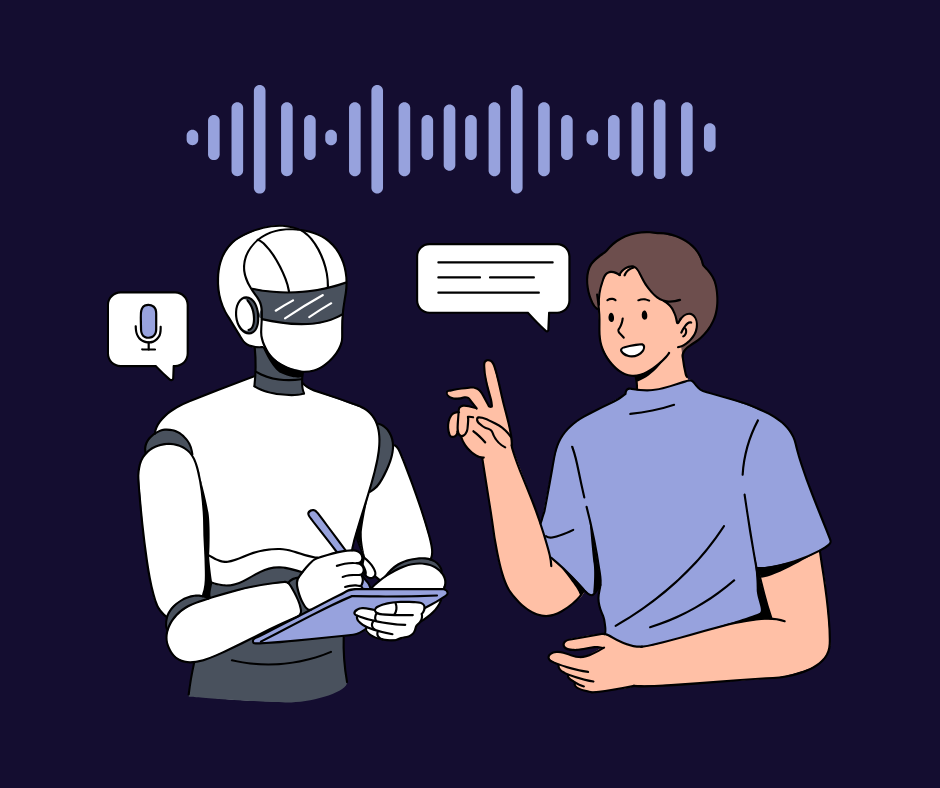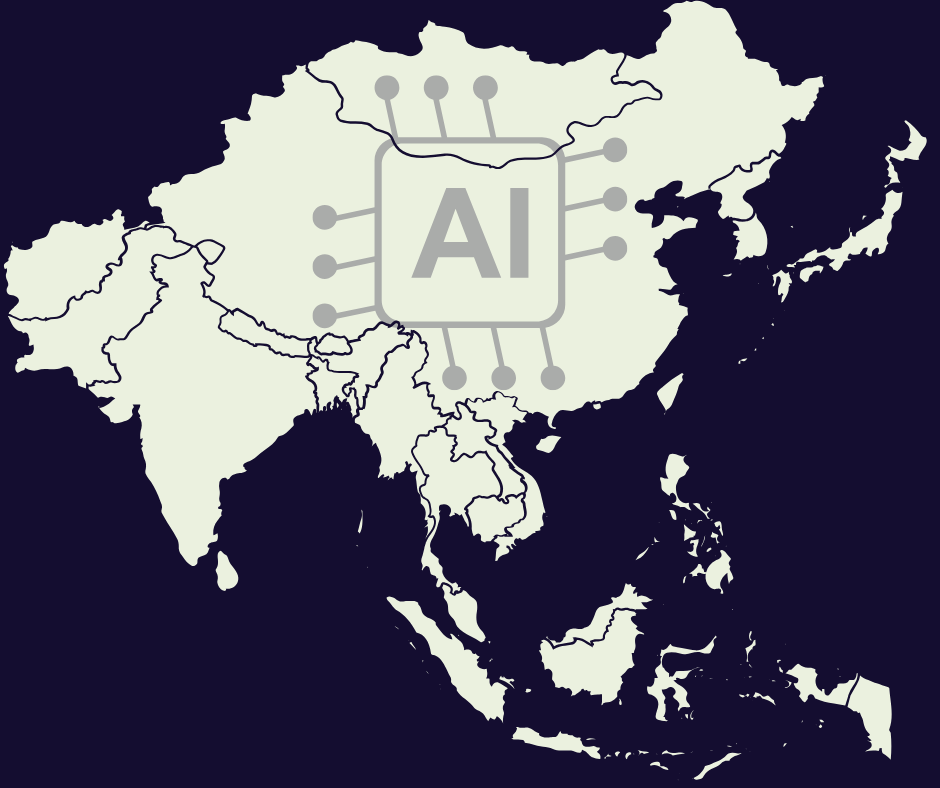
Picture this: You’re sitting in a boardroom in Kuala Lumpur, and your CEO just asked, “What exactly is this AI thing everyone’s talking about, and how will it transform our business?”
Sound familiar?
If you’re a business leader in Southeast Asia, you’ve probably found yourself in this exact situation. While AI dominates headlines globally, most explanations are either too technical for practical application or too Western-focused to address your specific market challenges.
We’re going to change that today.
The Simple Truth About Artificial Intelligence
What is artificial intelligence? At its core, AI is technology that enables computers to perform tasks that typically require human intelligence.
Think of AI as your digital colleague who can learn, recognize patterns, make decisions, and solve problems. Unlike traditional software that follows rigid instructions, AI adapts and improves through experience, much like how you get better at your job over time.
Here’s the business reality: AI isn’t about replacing humans. It’s about amplifying human capabilities to drive growth, efficiency, and innovation in ways that weren’t possible before.
How AI Actually Works (Without the Technical Jargon)
Imagine teaching a child to recognize different fruits. You show them hundreds of examples, apples, oranges, bananas, until they can identify new fruits on their own.
AI works similarly through machine learning. We feed it massive amounts of data, and it identifies patterns to make predictions or decisions about new information.
The three core components driving AI today:
Machine Learning: AI systems that improve automatically through experience. Your Netflix recommendations get better because the system learns from your viewing habits.
Deep Learning: Advanced AI inspired by how the human brain processes information. This powers voice assistants like Siri and image recognition in your smartphone camera.
Natural Language Processing: AI that understands and generates human language. ChatGPT and translation tools rely on this technology.
The AI Applications Transforming Southeast Asian Businesses
Let’s move beyond theory to practical applications that are already driving results across our region.
Customer Service Revolution: Companies like Grab use AI chatbots to handle millions of customer inquiries across eight languages simultaneously. One Malaysian logistics company reduced response times from four hours to four minutes using AI-powered customer support.
Supply Chain Optimization: A Thai manufacturing firm implemented AI demand forecasting and reduced inventory costs by 23% while improving delivery times. The system analyzes weather patterns, festival schedules, and economic indicators to predict demand fluctuations.
Financial Services Innovation: Indonesian fintech companies use AI for credit scoring, analyzing non-traditional data like mobile usage patterns to serve the unbanked population. This approach has increased loan approval rates by 40% while maintaining low default rates.
Healthcare Transformation: Singapore’s healthcare system uses AI for medical imaging, detecting early-stage cancers with 95% accuracy. Filipino telemedicine platforms leverage AI to triage patients and provide preliminary diagnoses in remote areas.
Why AI Matters for Your Business Right Now
The numbers tell a compelling story. Southeast Asian businesses using AI report:
- 47% improvement in operational efficiency
- 31% increase in revenue growth
- 52% reduction in manual processing time
- 68% enhancement in customer satisfaction scores
But here’s what the statistics don’t capture: AI adoption is accelerating across our region at unprecedented rates. Your competitors aren’t just considering AI, they’re implementing it.
The question isn’t whether AI will transform your industry. It’s whether you’ll lead that transformation or scramble to catch up.
The Real Business Benefits (Beyond the Hype)
Immediate Impact Areas
AI delivers measurable results in three key areas that matter to Southeast Asian businesses:
Cost Reduction: Automate repetitive tasks, reduce errors, and optimize resource allocation. A Philippine call center reduced operational costs by 35% using AI-powered workforce management.
Revenue Growth: Personalize customer experiences, optimize pricing strategies, and identify new market opportunities. A Singapore e-commerce platform increased sales by 28% through AI-driven product recommendations.
Risk Management: Detect fraud, predict equipment failures, and ensure regulatory compliance. A Malaysian bank prevented $2.3 million in fraudulent transactions using AI monitoring systems.

Common AI Myths That Hold Businesses Back
Myth One: “AI will replace all our employees” Reality: AI augments human capabilities rather than replacing them. Successful implementations create new roles while eliminating mundane tasks.
Myth Two: “AI is too expensive for medium-sized businesses” Reality: Cloud-based AI services and pre-built solutions make AI accessible for companies with modest budgets. Many tools start at less than $100 per month.
Myth Three: “AI requires massive technical expertise” Reality: Modern AI platforms are designed for business users. You don’t need a computer science degree to implement customer service chatbots or automated reporting systems.
Myth Four: “AI doesn’t understand Asian business culture” Reality: Regional AI solutions like SEA-LION (developed by AI Singapore) are specifically trained on Southeast Asian languages and cultural contexts.
Getting Started: Your AI Implementation Roadmap
Phase One: Assessment and Planning (Month 1-2) Identify processes that involve repetitive tasks, pattern recognition, or data analysis. Document current workflows and pain points that AI could address.
Phase Two: Pilot Implementation (Month 3-4) Start with one specific use case, customer inquiries, expense processing, or inventory management. Choose something measurable with clear success metrics.
Phase Three: Scale and Optimize (Month 5-6) Expand successful pilots to additional departments. Train your team on AI tools and integrate them into daily workflows.
Phase Four: Strategic Integration (Ongoing) Develop comprehensive AI strategy aligned with business objectives. Build internal capabilities and explore advanced applications.
Choosing the Right AI Approach for Your Business
The key to successful AI adoption lies in matching the right technology to your specific needs:
For Customer-Facing Operations: Implement chatbots and recommendation systems that improve service quality while reducing response times.
For Back-Office Functions: Use AI for data entry, document processing, and report generation to free up staff for strategic work.
For Decision Making: Deploy predictive analytics to forecast demand, identify trends, and optimize resource allocation.
For Quality Control: Leverage computer vision for product inspection and defect detection in manufacturing environments.
The Cultural Dimension: AI in Southeast Asian Context
Successfully implementing AI in our region requires understanding local business dynamics:
Relationship-Focused Culture: AI should enhance personal connections, not replace them. Use technology to give your team more time for relationship building.
Hierarchical Decision Making: Ensure AI recommendations support rather than bypass established approval processes and respect organizational structures.
Risk-Averse Tendencies: Start with low-risk applications and demonstrate clear ROI before expanding to mission-critical functions.
Multilingual Requirements: Choose AI solutions that handle local languages and cultural nuances effectively.
Measuring AI Success: Beyond Revenue Numbers
Track these meaningful metrics to evaluate your AI implementation:
Operational Efficiency: Time saved on manual tasks, error reduction rates, and process completion speeds.
Employee Satisfaction: Staff feedback on workload reduction, job satisfaction, and ability to focus on strategic tasks.
Customer Experience: Response times, resolution rates, and satisfaction scores across AI-enhanced touchpoints.
Business Agility: Speed of decision-making, ability to respond to market changes, and competitive positioning.

What’s Next: The Future of AI in Southeast Asia
The AI landscape in our region is evolving rapidly. Here’s what business leaders should prepare for:
Government AI Initiatives: Singapore’s National AI Strategy and Thailand’s AI Action Plan are creating supportive ecosystems for business adoption.
Regional AI Solutions: Local companies are developing AI tools specifically for Southeast Asian markets, addressing language and cultural requirements.
Skills Development: Universities and training providers are launching AI literacy programs to bridge the talent gap.
Regulatory Frameworks: Clear guidelines are emerging to ensure responsible AI development and deployment across the region.
Taking Action: Your Next Steps
Understanding what artificial intelligence is marks just the beginning of your transformation journey. The real value comes from strategic implementation aligned with your business objectives.
Here’s your immediate action plan:
This Week: Assess your current processes and identify three areas where AI could drive immediate improvements.
This Month: Research AI solutions relevant to your industry and start conversations with vendors or consultants.
Next Quarter: Launch a pilot project with clear success metrics and stakeholder buy-in.
The companies thriving in tomorrow’s economy are making AI investments today. While your competitors debate whether AI is relevant, you can gain competitive advantage through practical implementation.
Ready to transform your business with AI? The technology exists, the tools are accessible, and the opportunity is unprecedented. The only question remaining is: will you lead the change or watch others benefit from it?
Schedule a consultation to explore how AI can specifically transform your business operations and drive measurable growth in the Southeast Asian market.

